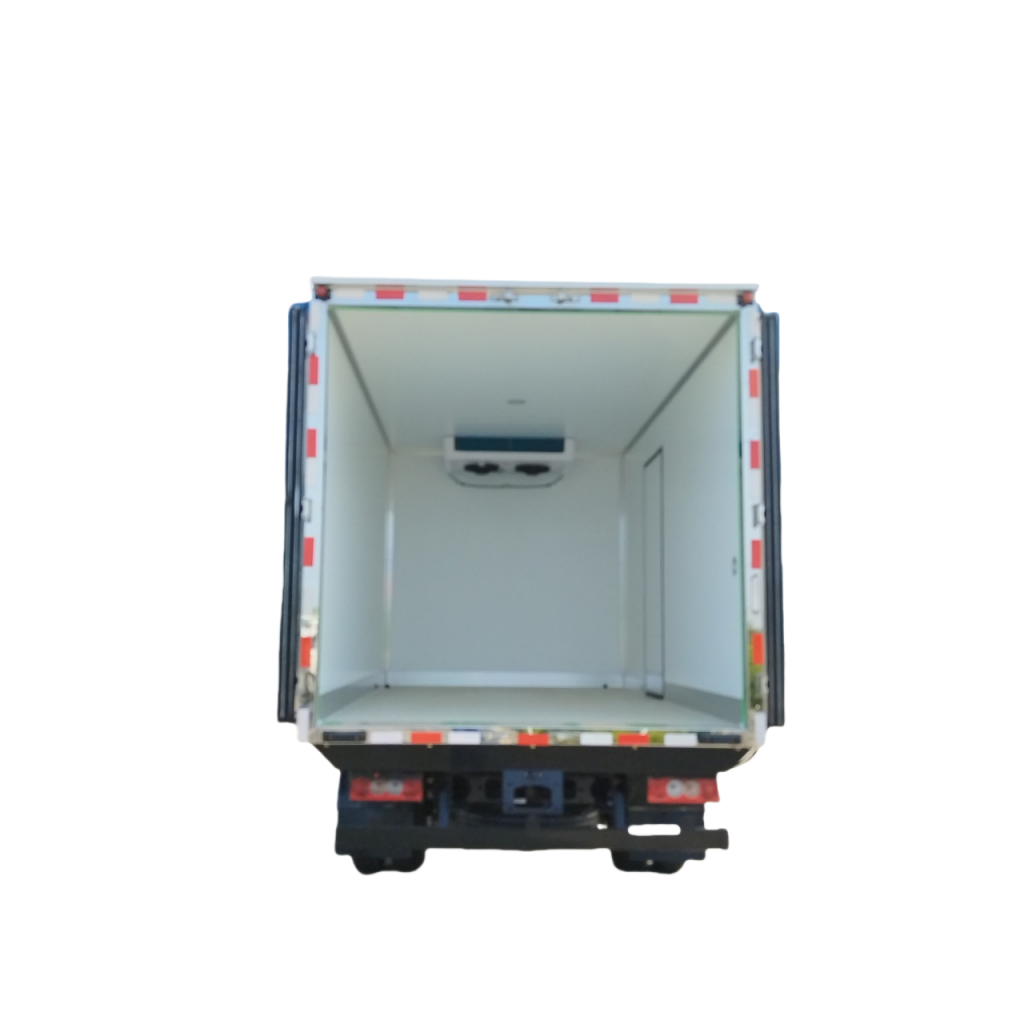Introduction
Truck-mounted cranes have revolutionized the way heavy lifting and material handling tasks are carried out in various industries. These versatile machines offer a combination of mobility, flexibility, and power, making them indispensable for a wide range of applications. In recent years, there has been a growing emphasis on reducing operating costs associated with equipment use, including truck-mounted cranes. This article will explore how advancements in technology and design have led to the development of truck-mounted cranes with low operating costs, allowing businesses to maximize efficiency and profitability.
Evolution of Truck-Mounted Cranes
Truck-mounted cranes have come a long way since their inception, with continuous innovations and improvements driving their evolution. The earliest truck-mounted cranes were relatively simple machines, consisting of a boom mounted on a truck chassis with a winch system for lifting and lowering loads. Over time, manufacturers have incorporated advanced features and technologies to enhance the performance, safety, and efficiency of these cranes.
One of the key advancements in truck-mounted crane technology is the integration of hydraulic systems for smoother and more precise operation. Hydraulic systems provide greater control over the crane's movements, allowing operators to lift and position heavy loads with ease. Additionally, hydraulic systems are more energy-efficient compared to traditional mechanical systems, resulting in lower fuel consumption and reduced operating costs.
Another significant development in truck-mounted crane design is the use of high-strength materials such as aluminum and high-tensile steel to reduce the overall weight of the crane without compromising its lifting capacity. Lighter cranes are more fuel-efficient and require less maintenance, leading to lower operating costs over the crane's lifespan.
Efficiency and Productivity
Truck-mounted cranes with low operating costs offer businesses a competitive advantage by improving efficiency and productivity in various applications. These cranes can be quickly deployed to different job sites without the need for additional transportation equipment, saving time and resources. The mobility of truck-mounted cranes allows for greater flexibility in maneuvering within confined spaces or challenging terrains, increasing the crane's utility across a wide range of projects.
Furthermore, the ergonomic design of modern truck-mounted cranes enhances operator comfort and safety, leading to increased productivity and reduced downtime due to operator fatigue or injuries. Features such as adjustable seats, intuitive controls, and advanced monitoring systems contribute to a more efficient and user-friendly operating experience.
Cost-Effective Operation
Low operating costs are a critical factor for businesses looking to optimize their bottom line and remain competitive in today's market. Truck-mounted cranes with features designed to minimize operating costs can help businesses achieve greater profitability while maintaining high standards of safety and performance.
One of the primary ways truck-mounted cranes reduce operating costs is through improved fuel efficiency. Advanced engine technologies, such as fuel injection systems and turbochargers, optimize fuel consumption and reduce emissions, resulting in lower fuel expenses for crane operators. Additionally, the lightweight construction of modern cranes reduces the overall energy required to operate the crane, further lowering fuel costs over time.
Maintenance costs are another significant consideration for businesses operating truck-mounted cranes. By using high-quality components and materials, manufacturers can design cranes that require less frequent maintenance and are more durable and reliable in the long run. Preventive maintenance programs and remote monitoring systems can help identify potential issues early on, allowing for timely repairs and minimizing costly downtime.
more.. is paramount when operating truck-mounted cranes, and modern cranes are equipped with a range of safety features to protect both operators and bystanders. Low operating costs are often accompanied by enhanced safety features that reduce the risk of accidents and injuries during crane operations.
One of the key safety features found in many truck-mounted cranes is overload protection systems. These systems monitor the weight of the load being lifted and automatically alert the operator if the crane is approaching its maximum capacity. By preventing overloading, these systems help prevent accidents and damage to the crane and surrounding structures.
Another important safety feature is the inclusion of stabilizers or outriggers, which provide additional support and stability when lifting heavy loads. Stabilizers help distribute the weight of the crane and load more evenly, reducing the risk of tipping or toppling over during operation. Some truck-mounted cranes also come equipped with automatic leveling systems that adjust the position of the crane on uneven terrain to maintain stability.
Environmental Considerations

In addition to safety and cost considerations, environmental sustainability is becoming increasingly important for businesses operating truck-mounted cranes. Manufacturers are responding to this trend by developing cranes with reduced emissions and lower environmental impact, aligning with global efforts to combat climate change and reduce carbon footprints.
Truck-mounted cranes with low operating costs often feature engines that comply with stringent emission standards, such as Tier 4 Final regulations. These engines are designed to minimize harmful pollutants and greenhouse gas emissions, making them more environmentally friendly than older engine models. By investing in environmentally conscious equipment, businesses can demonstrate their commitment to sustainability while reaping the financial benefits of reduced fuel consumption and operating costs.
Conclusion
Truck-mounted cranes with low operating costs offer businesses a cost-effective and efficient solution for heavy lifting and material handling tasks. Through advancements in technology, design, and engineering, manufacturers have developed cranes that prioritize fuel efficiency, safety, and sustainability while maintaining high levels of performance and productivity. By investing in modern truck-mounted cranes, businesses can optimize their operations, reduce operating costs, and position themselves for success in today's competitive market.
